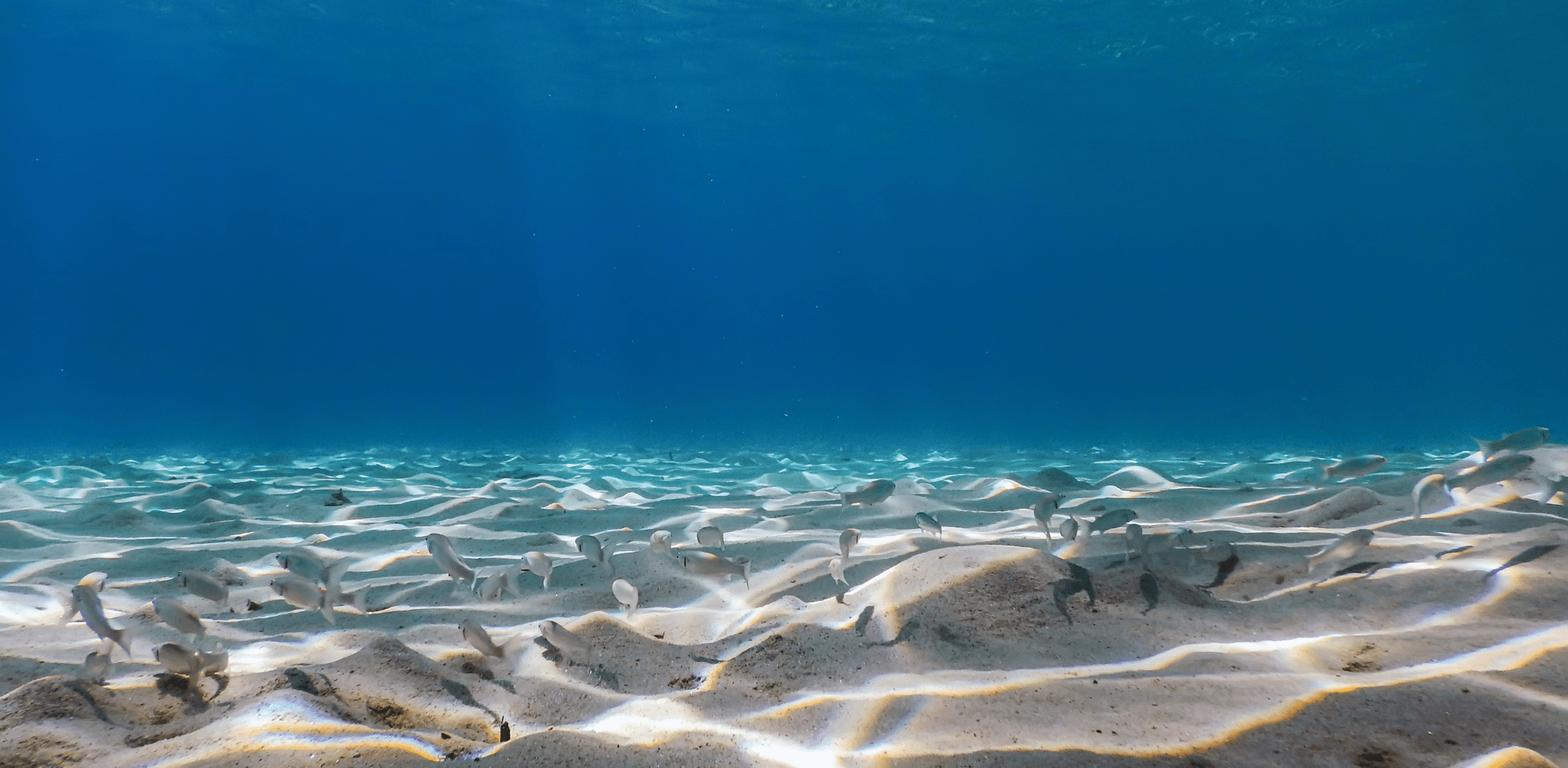[00:00:12] Captain Taylor here with saltyscales.com. I received a couple of questions from some novice folks that aren't familiar with the baitcaster. They want to know how to set up the baitcaster or how to utilize the baitcaster so that you're not getting repeated backlashes. Unfortunately, backlashes are a byproduct and cannot be eliminated entirely but can be drastically reduced with the correct settings. Backlashes are just a byproduct of being new to a more involved product, and it's not that much more complicated, but it requires a little bit of practice. So I'm going to walk you through some of the fundamental adjustments that will help improve your overcasting. Let's go ahead and get to it, and I'll show you how to start casting like a pro. All paragraphs are segmented for your video viewing pleasure below.
Learning the Fundamentals of a Baitcaster
[00:01:30] You're going to want to learn some of the fundamentals of bait casting. I mean, it's not too crazy; you have your star drag. And this is how you tighten and loosen the reel drag. Turning it right makes it tight left or counterclockwise, reduces the tension.

Your tension knob is shown in the image below. Adjust this knob so that the spool gets tighter or looser. There should be no back and forth motion; you should tighten it down to where you know it doesn't wobble.

Most importantly, the mechanical side prevents the reel from turning too fast or too slow in some instances once you get familiar with casting it. You have magnetic brake controls, centrifugal brakes, and pin brake controls. This particular pinnacle peak, which you've seen in a couple of my videos; is an old school reel.
[00:02:43] The Pinnacle Peak features the centrifugal cast control system. Let me show you (See video below). Press or decompress the button on the side plate and turn it; the side plate should pop right off, allowing you to adjust the brake settings by turning the little dial from zero to six, six being the stiffest and zero being the loosest setting.

[00:03:11] If you are just getting started, you may want to start up there on the higher end. I recommend five or six if you're brand new, and that's going to slow down the reel when you go to make your cast. As you get more familiar with it, of course, it will get easier. Now let me show you a little about the magnetic braking system.
[00:03:35] Here's the pinnacle pro ten, an older reel, but this has the magnetic control or the magnetic system on the side here with the dials, and it goes from zero to ten. Once you get familiar with casting, you will usually have it set somewhere in the middle. As you can see, I have it set on five. Between 5 and 6, that's often good enough for me. If you don't want to worry about thumbing the reel too much, this setting is perfect, especially for making a long-distance cast. For new users, I would recommend turning the dial up a little higher between 10 and 8. Those are good numbers to start with and get familiar and comfortable with casting. That's all there is to it. Pressing the button frees the spool. That is all that you need to know to get started with your bait caster. I'm going to show you how to set it up to where you can make a cast without a backlash.
You're going to have to fine-tune your reel with each lure you use because there are weight differences, one being heavier than the other or lighter. So what you have to do to do is adjust the brake system on the left side of the reel. And obviously, the tension. For example, first things first. I had the setting at 16. So on this particular reel, it goes from a zero to a 20. I had this set on 16, and I've adjusted the tension knob to where's the lure, I can free spool this, and it'll fall to the ground, it will hit, and it will not backlash. Once you have this set up to do just that, you can cast with no backlashes.
[00:05:50] Then when you cast it, you're not going to backlash.
[00:05:57] That's just all there is to it—most of the time, 99 percent of the time. So let me show you that again up close, our guys.
[00:06:08] So here we go. So what I was telling you.
[00:06:11] Go ahead. Release the spool. Please don't touch it. Lure hits the ground; if no backlash, you are ready to go.
[00:06:23] I mean, it will be tighter because you know you're newer; you want to cast with those higher settings. You're not going to be able to launch this far with these settings, but you will have more control. That's what is great about a baitcaster. Precision casting, that's why we use baitcaster, so watch as I cast this. I'm not going to film it; I'm just going to release it and watch the spool that is now; let me show you guys up there now so that they express the importance of these things.
[00:07:06] What I'm going to do is I'm going to turn this dial down to say five. Set on five of twenty, and I'm going to loosen up my tension or knob.
[00:07:19] So watch you start to get bird's nest.
[00:07:23] Now, even though it was slowed down, there's not a whole lot of losses because the bay is very light. But watch this. I'm going to do another one without dominant with the loose setting. It's probably not going to be pretty.
[00:07:36] To watch a bird's nest away before it hit the water, guys. And that's because the rail is spinning super fast; that is the importance.
[00:07:55] And look, you never want to see that. You never want to hear it. See how that's going back and forth. Now watch us
[00:08:05] Still doing it.
[00:08:10] No longer doing it. That's what you want.
I hope you enjoy today's tips on how to cast a baitcaster or how to fine-tune a baitcaster. Please give a thumbs up and share. And of course, subscribe if you haven't already. We always appreciate you and your comments. It shows us that you care about what we're doing.
So if you have a topic of discussion or you need some help on something, comment below, and we'll be happy to oblige and help you. Until next time guys, we'll see you on the water.
Checkout the "How to tune a baitcaster video" below:




